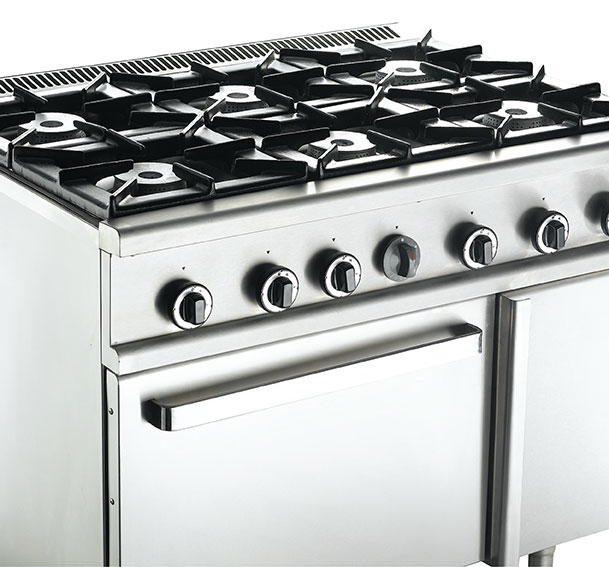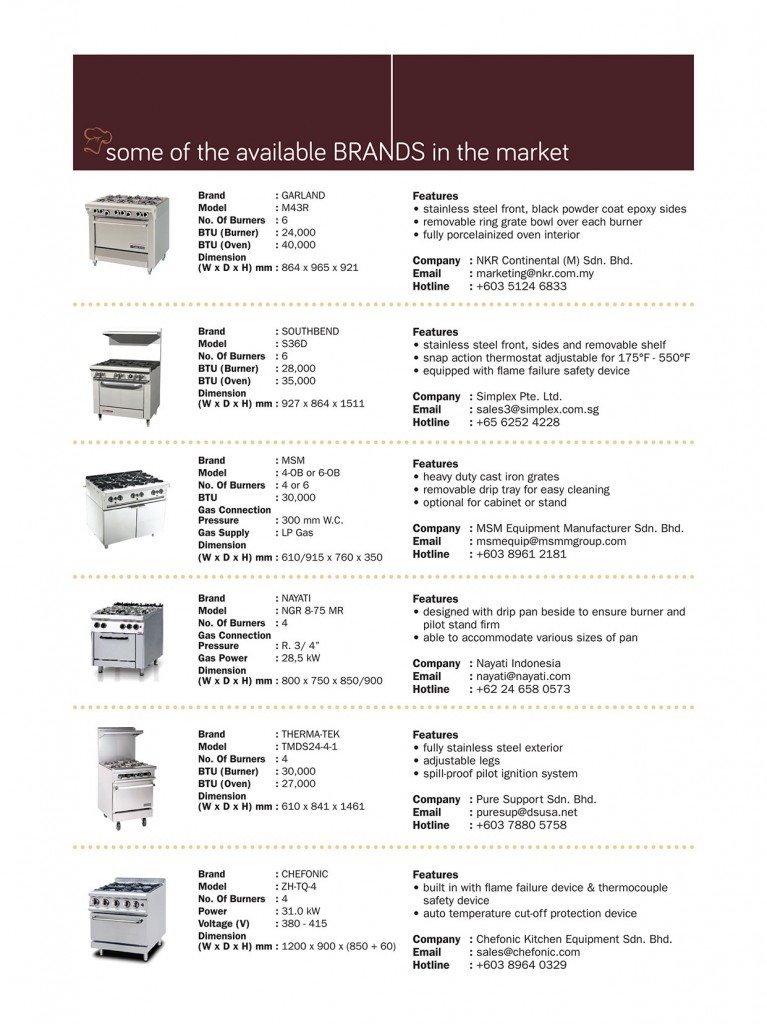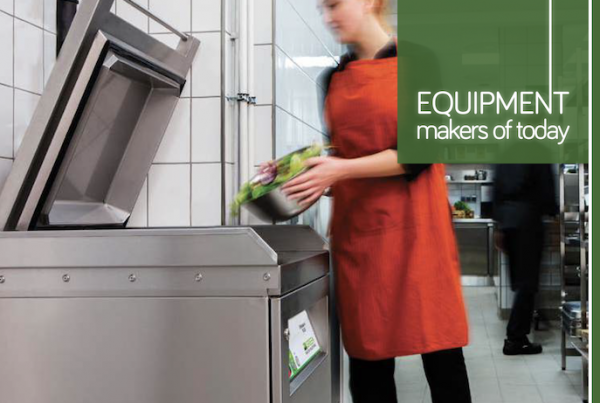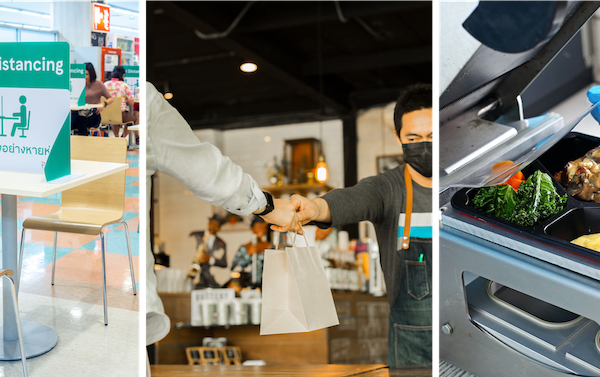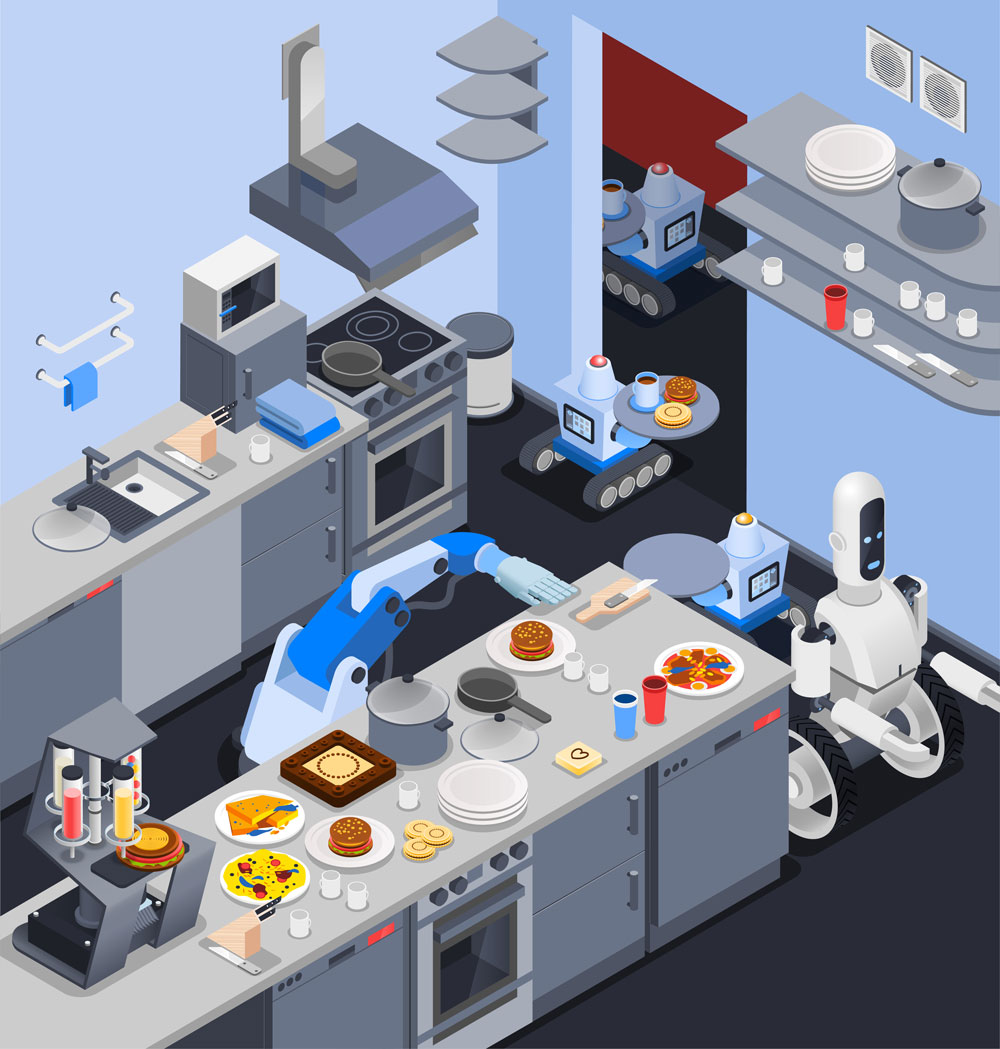Gas stoves are considered the heart of the kitchen, as this is where the cooking is done – over the fire in a pan or pot. Over the years, it remains an equipment that has not changed much in function but has improved technically with adoption of safety features.
They come in various configurations – from 2 to 6 burners in a unit, to tabletop or floor standing units and for some, with an oven built in below as well. Alternately some have been built as a whole unit with a hotplate or a griddle side by side. Its construction for commercial kitchens are robust, made of stainless steel and with heavy or solid cast iron grates over the burners.
Gas stoves tops now come with 2 different designs – sealed or non-sealed burners. With sealed burners – spills during cooking will fall to the sides of the burner therefore it is easier to clean. With a non-sealed burner unit, these units are normally designed with a drip tray below the burners that for some might be more difficult to handle during cleaning. But non-sealed burners have an advantage of achieving hotter temperature and contributes to faster cooking time with the additional airflow.
These burners operates on gas – natural or bottled depending on your location. Be sure to check your available gas connection supply before you purchase one and let the sales person know if you are using bottle or natural gas as the orifice in the nozzle must match with the supplied gas pressure. Modern burners are normally equipped with a pilot ignitor or a pilot light. This has made using an open burner much quicker compared to the old methods of using a starter gun or lighting a match that you might not have in hand or gets displaced in a busy kitchen.
The stove is still the equipment of choice for some because of its direct contact with the heat source which some feel works faster than others. These stoves also allow the chef to adjust the heat an infinite number of ways. It is a steady heat unlike electric burners that runs on a cycle and turns on and off to control its heat.
Safety features like flame failure protection or gas cut off are also adopted to combat gas leaks and it can still operate even if there is a power outage. However it is crucial that you practice strict regulations when operating your gas equipment. Being a physical flame, it does create more heat in your environment compared to an electric stove. Placing them strategically in your kitchen away from doors or drafts would also be a factor to consider when designing your layout.
While we do not have a chart as a guideline, it is advised that the items on your menu be used as a guideline to determine the number of burners or stove you require. If sautéing or pan-frying is done frequently throughout your menu, a good open burner with more than 4 tops would be your most important equipment.
Cleaning them regularly is important – especially the cap of the burner. If you notice that your burners have yellow flames, uneven burning or some section of the burner not lighted when you are using them, it is most likely caused by dirt or food debris on the cap of the burner or the jets. A good flame is a steady bluish colour. A periodic check by a professional – especially on your connections and pipes would be advised as well.
[box style=”rounded” border=”full”]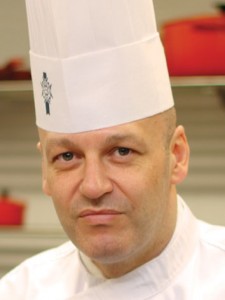 CHEF FRANCK BRUWIER
CHEF FRANCK BRUWIER
“Gas burners are still essentials to me despite the availability of other modern source of heating system in modern kitchen. The work with the flame and the control of the heat is the real work of a cook. Control of heat and seasoning is what will make you the chef you want to be.” [/box]

